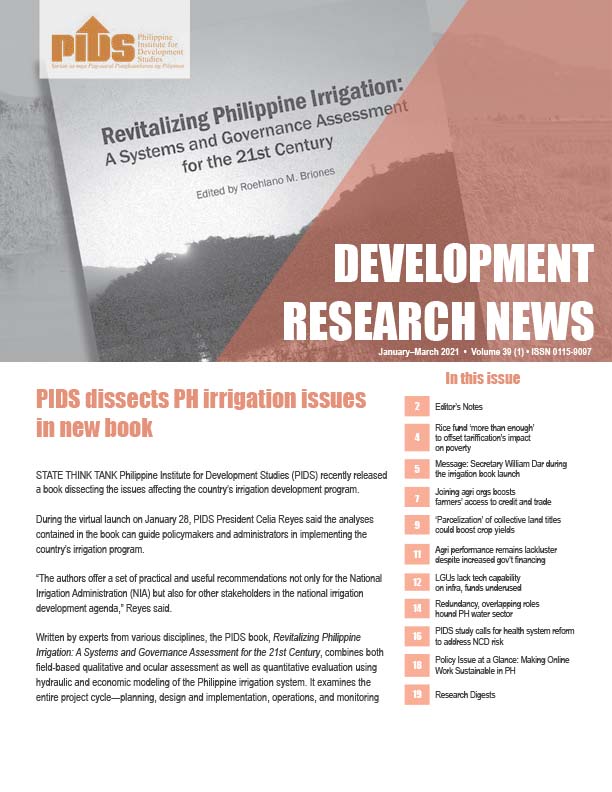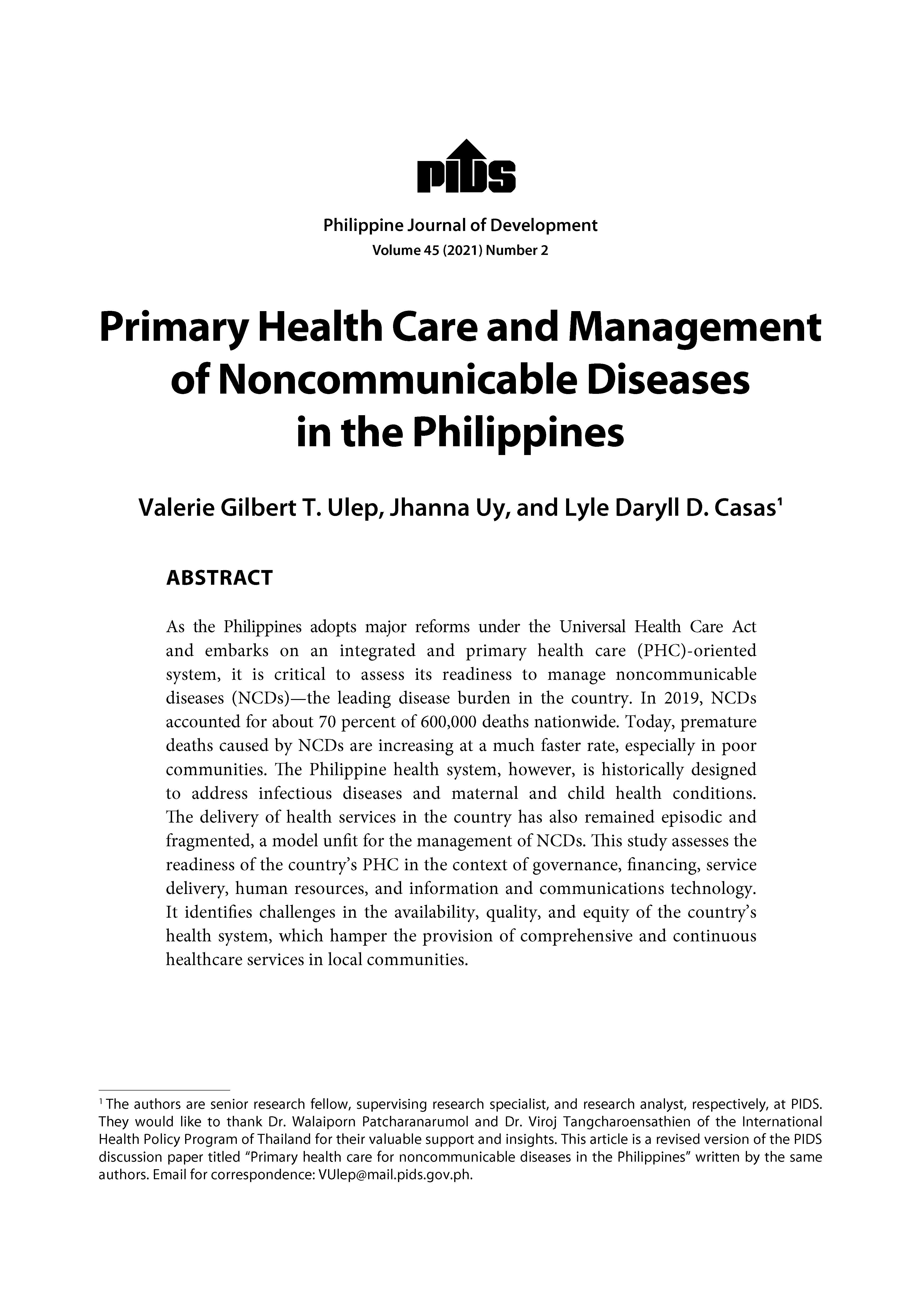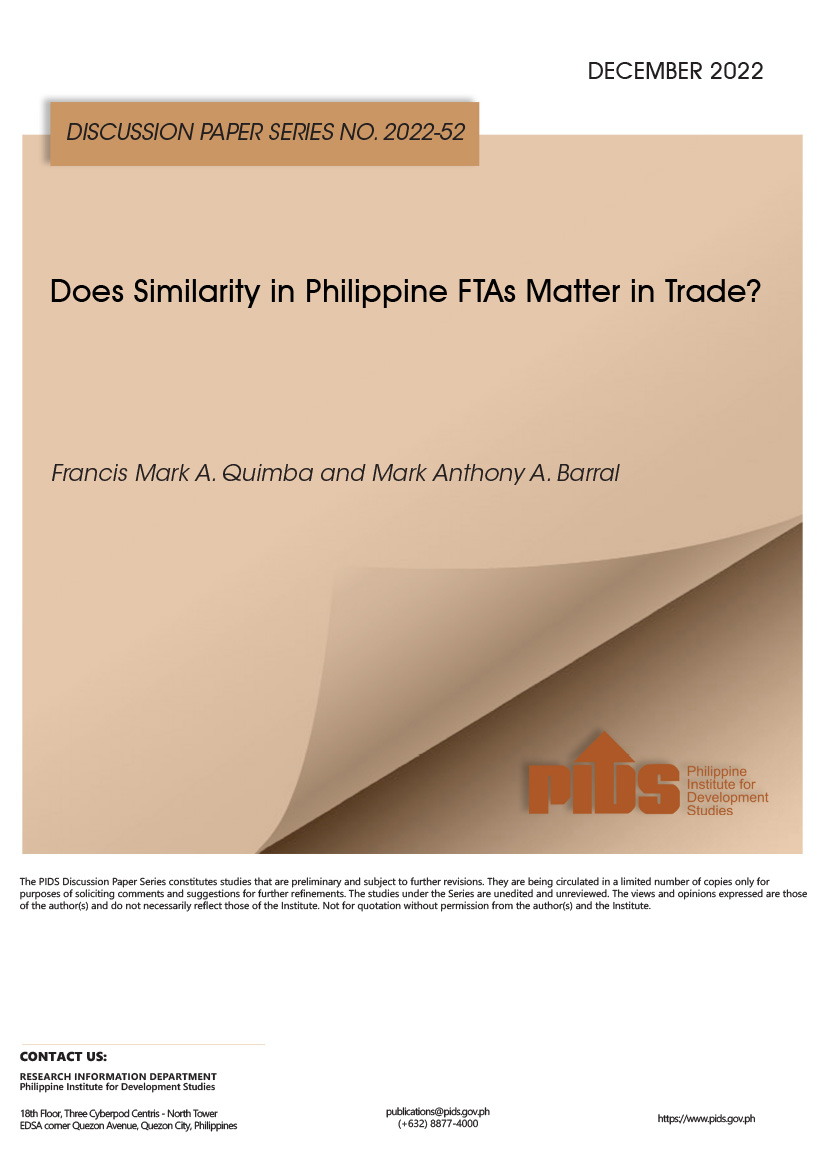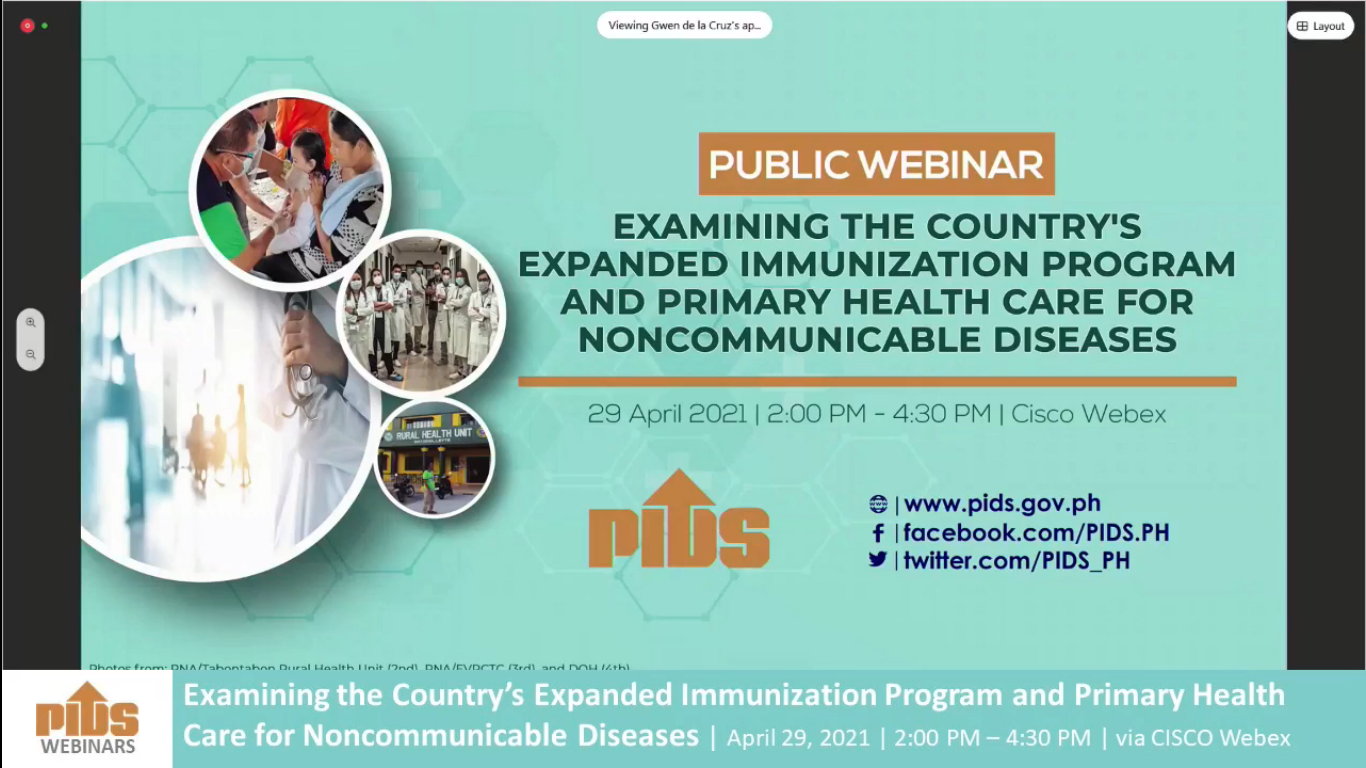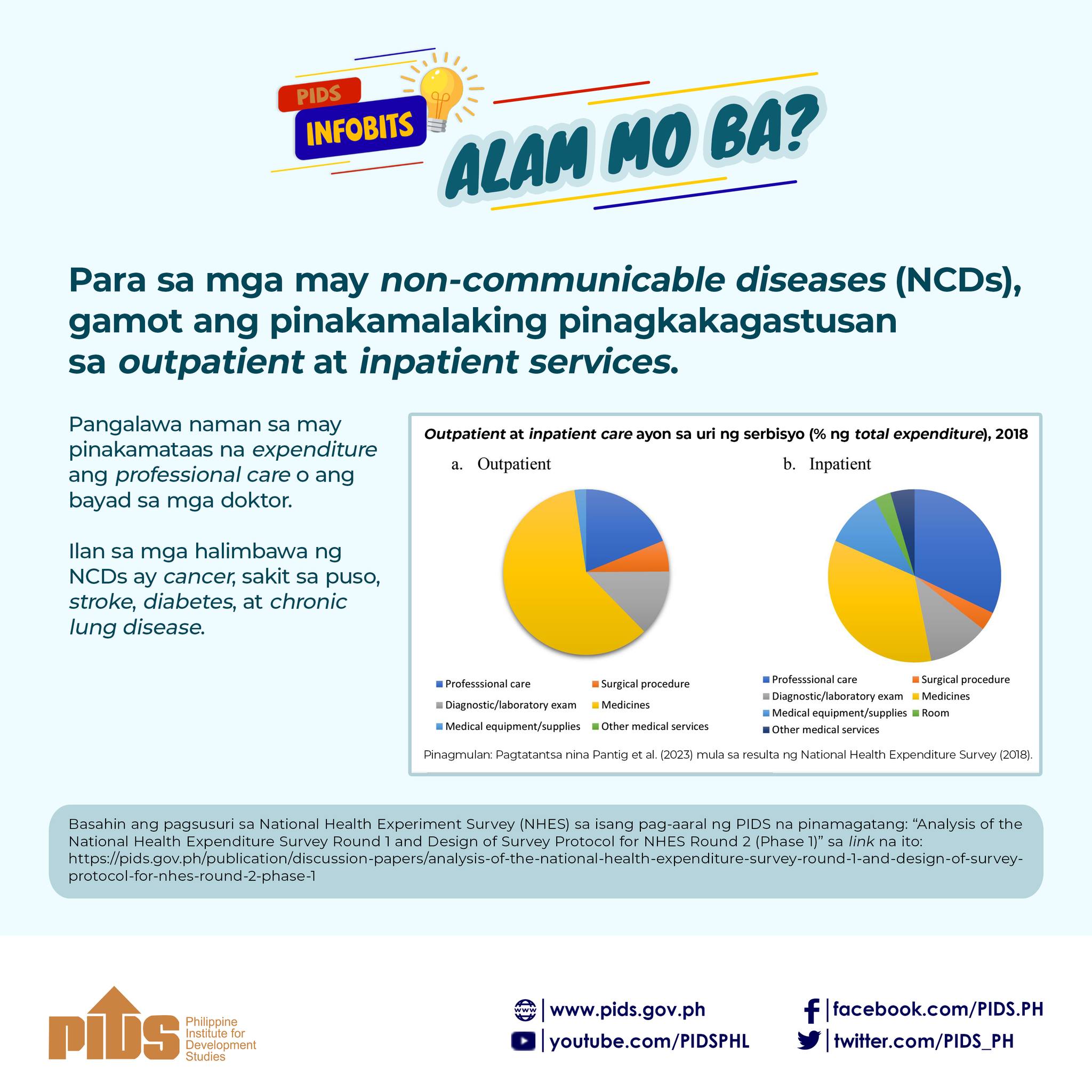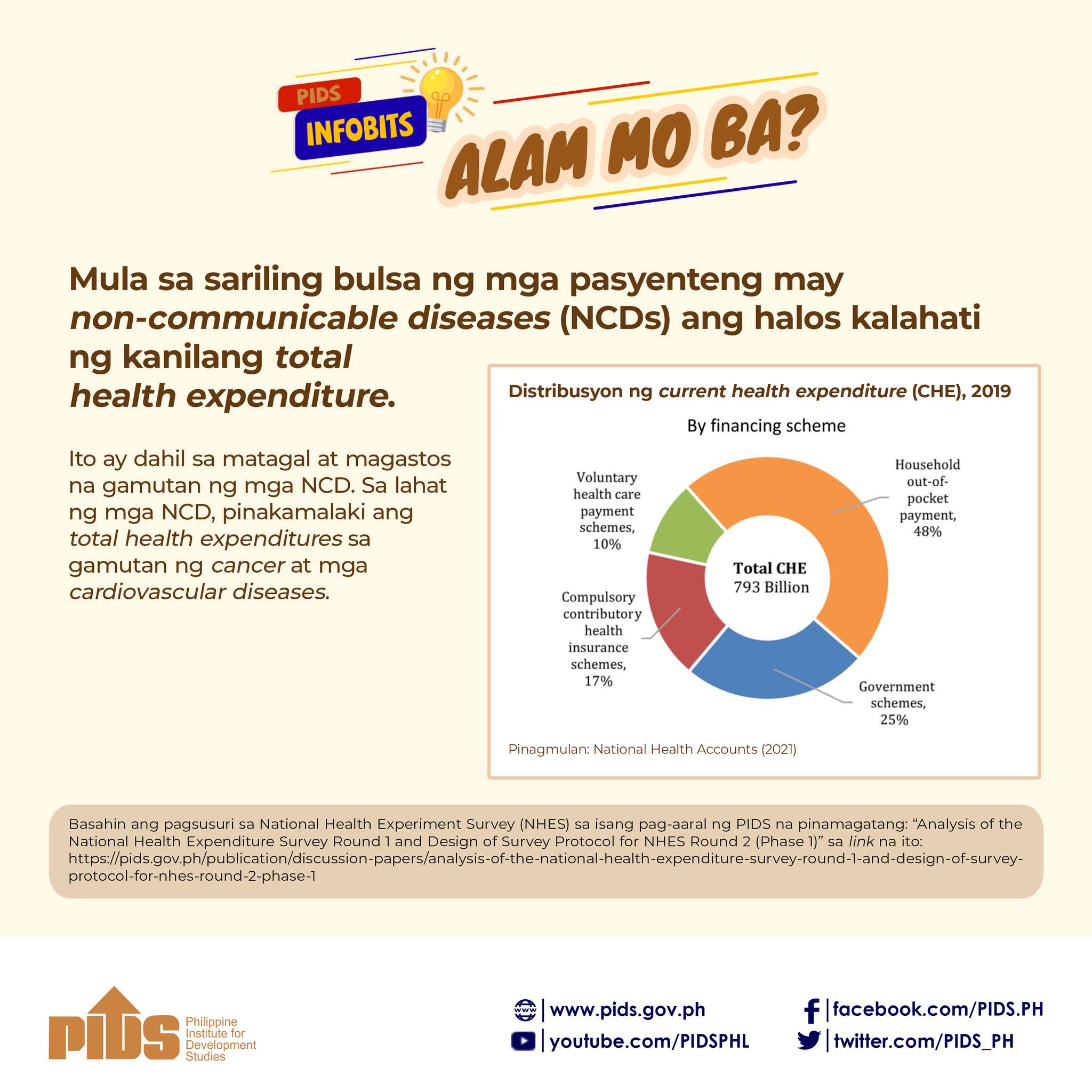Each year during the second week of July, the National Academy of Science and Technology (NAST-DOST) convenes its members and representatives of the science community to deliberate on issues of national import and propose how science and technology can be deployed to address these issues.
Previous years’ themes of the NAST Annual Scientific Meetings (ASMs) include poverty eradication, food security, energy independence, manufacturing, transport and communication. Likewise, how modern science like biotechnology and information and communication sciences can be harnessed to advance our national purposes.
This week the topic was: Prevention and Control of Non-Communicable Diseases (NCDs).
While infectious, communicable diseases like HIV-AIDS, tuberculosis, dengue, malaria, diarrhea and schistosomiasis continue to hog media headlines and national attention, the grim reality is that NCDs have overtaken infectious diseases as primary causes of deaths among Filipinos.
Infectious diseases together cause 18% of mortalities but the four major NCDs add up to 54% of total deaths which is three times as much. Heart diseases, cancers, diabetes and chronic obstructive pulmonary diseases (COPDs) account for 33%, 11%, 5% and 5%, respectively of deaths.
MISCONCEPTIONS ABOUT NCDS
NCDs are often portrayed as life-style associated diseases. True enough because heart diseases, cancers, diabetes and COPDs are preventable and modifiable provided people stop smoking tobacco; consume more fruits, vegetables and fish and less animal fats, meats, sweet and salty snack foods; walk and exercise more and avoid excessive intake of alcohol.
However, there is increasing overwhelming evidence that the casuality of NCDs is in fact more complicated. Certain genetic factors predispose individuals/families to some non-communicable diseases. Likewise, health statistics provide convincing proof that the environment have a strong impact on their prevalence, mortality and morbidity.
Another misconception about NCDs is that they are diseases of the wealthy. Data increasingly show that NCDs cut across all economic classes from the very rich to the very poor. The poor are as prone to heart attacks, cancers, diabetes and COPDs as the rich. The difference, however, is that the rich get earlier and better medical care and are able to afford the medicines and treatments which can mitigate/delay consequences of the diseases.
A third misconception that is being challenged is that NCDs affect only the elderly. There is increasing data that more and more young people are suffering NCDs.
MULTISECTORAL ACTION REQUIRED
That NCDs are not exclusively determined by lifestyle choices but are heavily influenced by the environment, social and economic systems people find themselves in, therefore suggest that the conventional approach of education, information and communication is not enough.
Neither would policies and intervention measures initiated by the Departments/Ministries of Health be sufficient for the simple reason that other agencies of government, the private sector and society at large have more control over the broad environment.
They are as much the consequences of poverty and lack of access to basic welfare and health services. They can be alleviated by making healthy food plentiful and more accessible as well as provisions for health, sports and wellness in the workplace and neighborhoods. Consumption of tobacco and alcohol can be moderated by imposition of higher sin taxes.
For these reasons, NAST joins the call of various study groups in UP Manila, the Philippine Council for Health Research and Development (PCHRD), the Philippine Institute of Development Studies, and professional health societies that government declare an epidemic of non-communicable diseases as a dramatic way of raising awareness to the risks and damages from NCDs. This declaration should likewise persuade and mobilize all agencies of government, both national and local; the private sector and civil society organizations of the imperative to join hands in combatting the menace of NCDs.
Actually, the DOH is fully cognizant of the challenges of NCDs and has put forward a policy statement and broad program of work on the prevention and control of NCDs through DOH Administration Order 2011-003 during the incumbency of Health Secretary Enrique Ona.
But moving forward it is better that a National Commission be organized under the Office of the President with the Department of Health (DOH) Secretary as Chairman, in order for the DOH Secretary to have the mandate to call upon the whole of the bureaucracy to support the NCD program. In the countries which have embarked on NCD prevention and control programs, more favorable outcomes are obtained when ministry of health activities are executed with support of agencies outside the ministry.
In the long run, it is best that the National Commission be made permanent by way of legislation to make sure NCD policies, plans and programs are regularly funded and therefore consistent and sustainable from one administration to the next.***
Dr. Emil Q. Javier is a Member of the National Academy of Science and Technology (NAST) and also Chair of the Coalition for Agriculture Modernization in the Philippines (CAMP).
For any feedback, email eqjavier@yahoo.com.
Epidemic of non-communicable diseases; Time to take bold multi-sectoral measures

